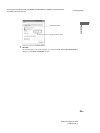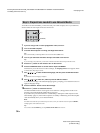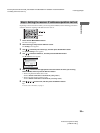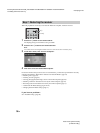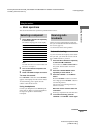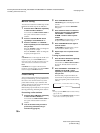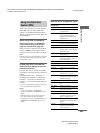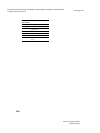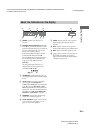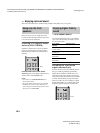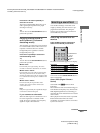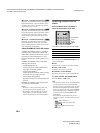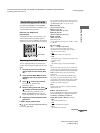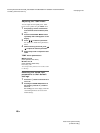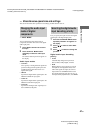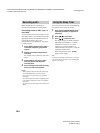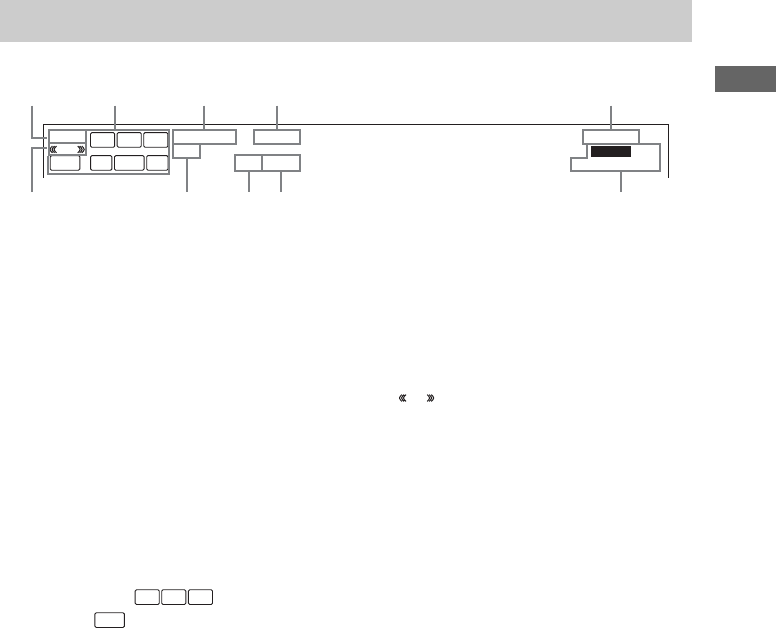
Using the receiver
masterpage:Right
filename[E:\SONY\STRLV700R_2nd\4249847121GB\4249847121\4249847121STRLV700RCEL
\01GB07_STR-LV700-CEL.fm]
41
GB
model name1[STR-LV700R]
[4-249-847-12(1)]
A SLEEP: Appears when sleep timer is
activated.
B Playback channel indicators: The letters
(L, C, R, etc.) indicate the playback channels.
The boxes around the letters vary to show how
the receiver downmixes the source sound
(based on the speakers settings).
L (Front Left), R (Front Right), C (Centre
(monaural)), SL (Surround Left), SR
(Surround Right), S (Surround (monaural or
the surround components obtained by Pro
Logic processing)), SW (subwoofer)
Example:
Recording format (Front /Surround): 3/2
Output channel: Surround speakers absent
Sound Field: A.F.D. AUTO
C ; DIGITAL: Appears when the receiver is
decoding signals recorded in the Dolby Digital
format.
D ; PL II: PL appears when a 2-channel
signal is applied with DOLBY PL or
C.ST.EX A–C. PL II appears when Dolby Pro
Logic II processing (PLII MOV or PLII
MUS) is applied. However, this indicator does
appear if the centre and surround speakers are
set to NO, and A.F.D. AUTO, DOLBY PL,
PLII MOV, or PLII MUS are selected.
E D.RANGE: Appears when dynamic range
compression is activated (page 45).
F Tuner indicators: Appears when using the
receiver to tune in radio stations, etc. See
pages 37–39 for tuner operations.
G COAX: Appears when the source signal is a
digital signal input through the COAX
terminal.
H OPT: Appears when the source signal is a
digital signal input through the OPT terminal.
I DTS: Appears when DTS signals are input.
J : Appears when the disc being played
back contains the LFE (Low Frequency
Effect) channel and the LFE channel signal is
actually being reproduced.
About the indications on the display
DTS
OPT COAX
SLSW
SSB
SR
LCR
LFE
SLEEP
DIGITAL D.RANGE EQ
STEREO MONO
RDS
;
PL II
;
MEMORY
12 34 5
907
8 6
SW
SSB
SL SR
LCR
LFE



